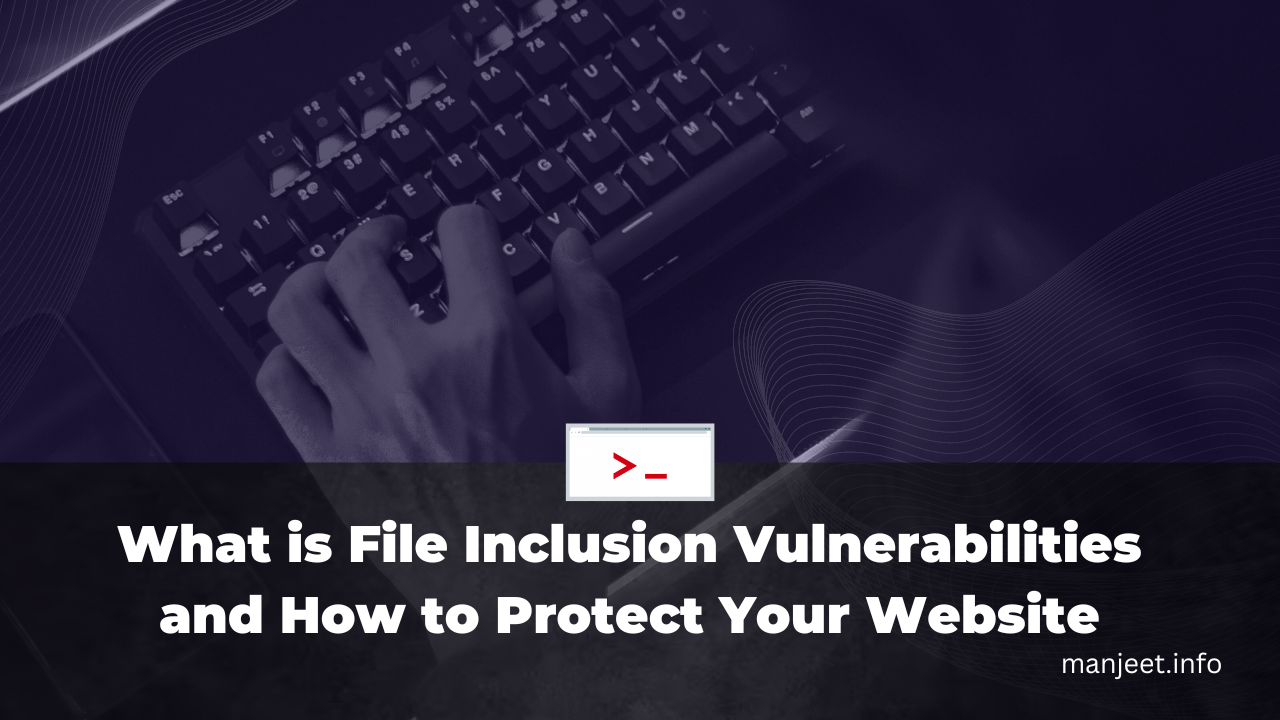Cross-site scripting, commonly known as XSS, is a security vulnerability that affects web applications. It is one of the most prevalent security issues on the internet, and it can cause significant damage to both users and websites. In this blog post, we’ll take a closer look at what XSS Attacks is, how it works, and what can be done to prevent it.
What is Cross-Site Scripting (XSS)?
Cross-site scripting (XSS) is a type of security vulnerability that allows attackers to inject malicious scripts into web pages viewed by other users. It is a client-side attack, which means that the attacker is targeting the user’s web browser rather than the server. XSS attacks can be used to steal sensitive information, such as login credentials, credit card numbers, and personal data. They can also be used to deface websites, spread malware, and launch other attacks.
How Does XSS Work?
XSS attacks typically involve a malicious script that is injected into a web page via a vulnerable input field. The attacker may use various techniques to inject the script, such as:
- HTML injection: The attacker injects HTML code into a web page that is not properly sanitized by the application.
- DOM manipulation: The attacker modifies the Document Object Model (DOM) of a web page using JavaScript to inject the malicious script.
- Reflected XSS: The attacker sends a malicious link to a victim, who clicks on it and unwittingly executes the script.
- Stored XSS: The attacker stores the malicious script on a server, which is then executed when a user views the affected page.
Once the script is executed, it can perform various actions, such as stealing cookies, logging keystrokes, and redirecting the user to another website.
How to Prevent XSS Attacks?
Preventing XSS attacks requires a multi-layered approach that involves both server-side and client-side measures. Some effective strategies to prevent XSS attacks include:
- Input validation: Developers should ensure that all user input is validated and sanitized to remove any potentially malicious code.
- Output encoding: All user-generated content should be encoded to prevent scripts from being executed.
- Content security policy (CSP): A CSP is a security measure that restricts the sources from which a web page can load content. This can help prevent the execution of malicious scripts.
- Using HTTPS: HTTPS encrypts traffic between the user’s browser and the server, which can help prevent attackers from intercepting and modifying the traffic.
- User awareness: Users should be educated on the dangers of clicking on suspicious links or entering personal information on untrusted websites.
In conclusion, cross-site scripting is a serious security vulnerability that can cause significant harm to both users and websites. Preventing XSS attacks requires a combination of server-side and client-side measures, and it is essential for developers to take steps to secure their applications against this threat. By implementing best practices and staying vigilant, it is possible to reduce the risk of XSS attacks and protect users from harm.
Read more about Protect Your Website from Hackers: A Comprehensive Guide to Website Security







